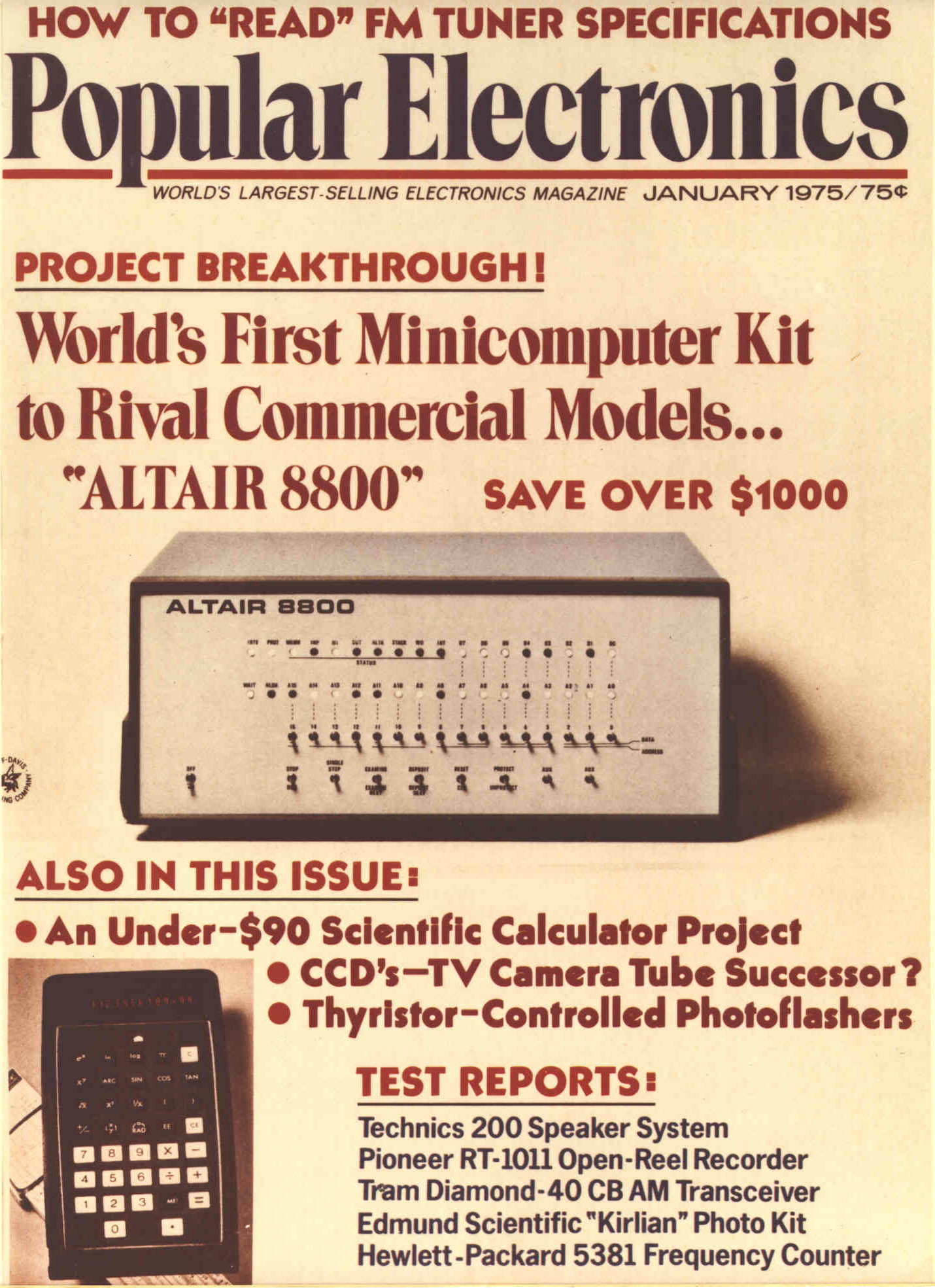Welcome to my Skinner Box!
 Developing things with software and/or hardware can feel like living in a Skinner Box. Your heart races when you stumble into a solution, or get a clean compile, or smoke a chip. When something doesn't work, you vary your actions slightly in the hopes of getting a better result. In time, you lose your connection with the bigger problem your solving and you get lost in your intense focus on the technical details.
Developing things with software and/or hardware can feel like living in a Skinner Box. Your heart races when you stumble into a solution, or get a clean compile, or smoke a chip. When something doesn't work, you vary your actions slightly in the hopes of getting a better result. In time, you lose your connection with the bigger problem your solving and you get lost in your intense focus on the technical details.
Think about it! You sit in front of computer screen, pecking away at keys, and when your rewards come flowing in, you repeat the pleasing activity late into the night ... just like B.F. Skinner's pigeons and rats.
This web site is to capture my exploration of software and hardware hacks, and in general, those projects that I find entertaining and educational. I do them to fulfill my inner pigeon!
An operate conditioning chamber (also known as the Skinner Box) is a laboratory apparatus used in the experimental analysis of behavior to study animal behavior. A subject (typically a rat or pigeon but it also works for people) was placed in the box, and the mechanism gave small amounts of food each time the subject performed a particular action, such as depressing a lever or pecking a disk.
The Ramblings of a Frustrated Engineer
 My professional life has taken me far away from my college years where I could smell hot solder, endlessly apply Laplace Transforms, struggle with the unforgiving world of embedded software, and feel the magic of an oscilloscope you final got to work ... sort of.
My professional life has taken me far away from my college years where I could smell hot solder, endlessly apply Laplace Transforms, struggle with the unforgiving world of embedded software, and feel the magic of an oscilloscope you final got to work ... sort of.
Also, those college year gave me a sense of creativity and discovery that I continue to crave and nurture. It was all new to me and every step of the journey gave me an opportunity to create something, even if that thing was simply an abstract concept residing in my head.
As my professional career moved me into management positions, it moved me further from the hands on and creative side. So instinctively, I gravitated towards things like woodworking and wood turning. Work in my off hours with my hands, instead of my head and people, has proved to be a very satisfying journey. My professional life hasn't been unfulfilled, far from it, but it does leave some passions unsatisfied. So this is my effort to return to the past and to feed my creative side.
The Spark
 The release of the Raspberry Pi (see its history here)
sparked a renewed interest in electronic,
something that I tinkered with when I left college.
Back then I was tempted to build a MITS Altair 8800
when it was reviewed in Popular Electronics magazine.
It was a computing device which had no applications and a 450 dollar price tag in 1975!
(Unlike me, soom people put down the money and became rich and famous)
I was shocked by what $35 could get you and even more shocked by the robustness of the maker community.
I ordered my Raspberry Pi in June 2012, it arrived in September, and I was hooked.
Temporally (I think, who knows how long),
I have set aside my passion for working in wood and now return to electronics.
The release of the Raspberry Pi (see its history here)
sparked a renewed interest in electronic,
something that I tinkered with when I left college.
Back then I was tempted to build a MITS Altair 8800
when it was reviewed in Popular Electronics magazine.
It was a computing device which had no applications and a 450 dollar price tag in 1975!
(Unlike me, soom people put down the money and became rich and famous)
I was shocked by what $35 could get you and even more shocked by the robustness of the maker community.
I ordered my Raspberry Pi in June 2012, it arrived in September, and I was hooked.
Temporally (I think, who knows how long),
I have set aside my passion for working in wood and now return to electronics.
The maker movement, proliferation of cheap, easy -to-use microprocessor boards and the current hype around the Internet of Things have made electronics accessible to a wider audience than possibly ever before. I'll be using this website as my scratch pad to capture what I discover or relearn for the second time. It may have some use for others, but I can't promise that. Never the less, I hope you find it useful.
My Mission
So Jeff's Skinner Box is a personal blog with a diverse set of technical projects. Many of the project concern Arduino and Raspberry Pi platforms, but you'll also find radio topics like RTL-SDR and XBee, software topics concerning X Windows System and Conky, design a web site using Pelican and Github, and even how to building a Linux box or automate backups for multiple platforms using Rsnapshot. The common objective is to learn something new!
eMail: [email protected]
